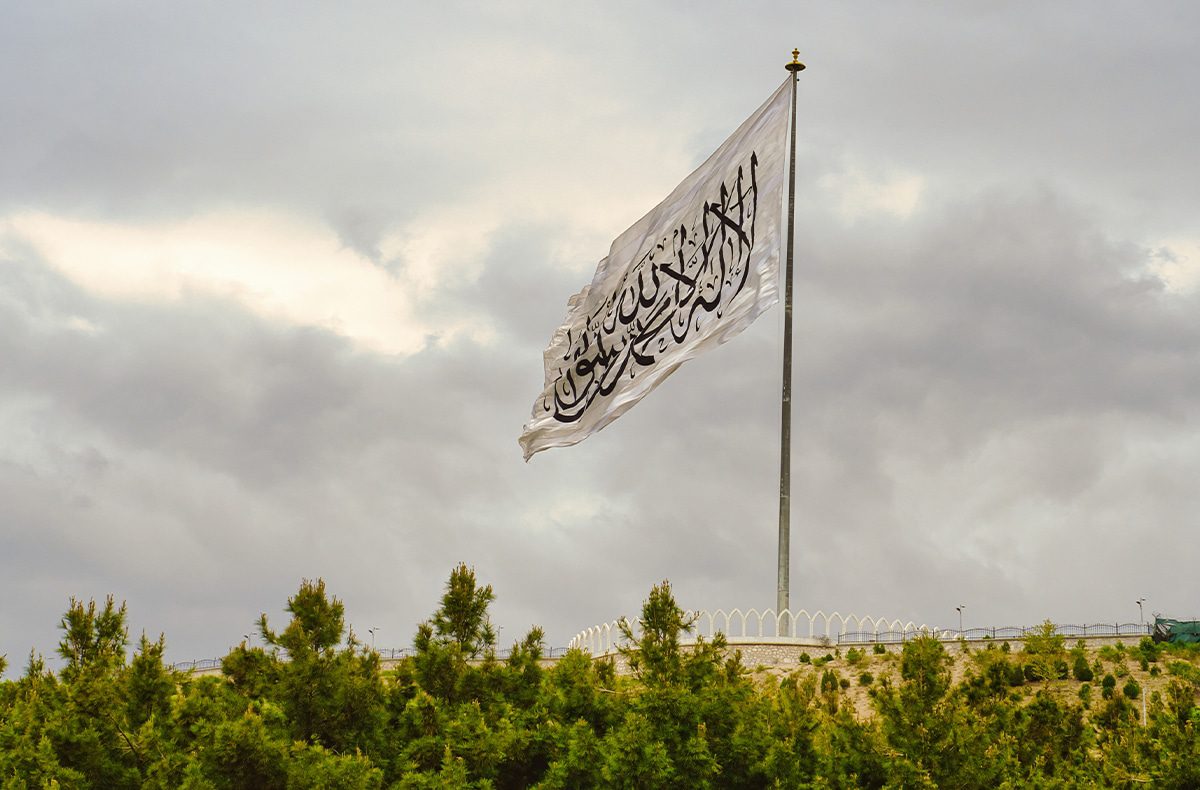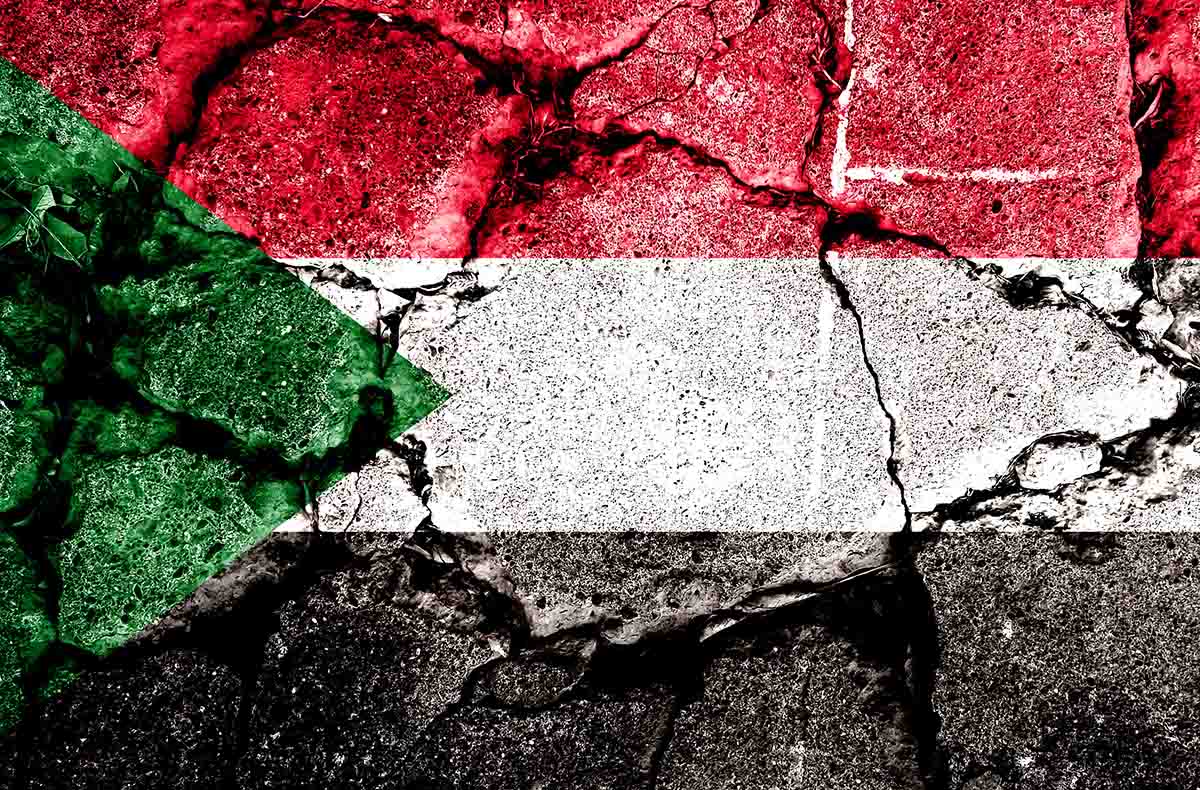
Recently, two prominent jihadist leaders in the Af-Pak region were struck down in less than a month. On July 30, Al-Qaeda chief Aymen al-Zawahiri was executed in a US drone strike in a downtown compound that had been his hideout in Kabul. A little over a week later Omar Khalid Khorasani, a senior leader of the Pakistani Taliban, was killed via an improvised explosive device in Barmal District in Afghanistan’s Paktika province. Both executions took place in the lead up to the first anniversary of the reincarnation of the Islamic Emirate of Afghanistan, and the reemergence of the Afghan Taliban rule, with the regime’s links to both al-Qaeda and Tehrik-e-Taliban Pakistan (TTP) under the spotlight.
Of the two, al-Zawahiri’s killing has, of course, garnered more global headlines. It has provided a third successive US president a major jihadist scalp, after Osama bin Laden and Abu Bakr al-Baghdadi. Al-Zawahiri, who merged his Islamic Jihad with al-Qaeda to play number two to Bin Laden and eventually take over the reins in 2011, had been the face of al-Qaeda for the past decade. With the group behind the 9/11 attacks still attracting Western attention—even though al-Qaeda core’s last major terror attack in the West remains the London bombings 17 years ago—eliminating its chief can be sold as a major triumph by the US, which is still facing backlash over the many failures of its hastily wrapped up Afghanistan War.
For a while, al-Qaeda has focused on maintaining a more localised presence, recently in South Asia, especially after the Islamic State (IS) formally split from it and took charge as the most globally expansive jihadist outfit in the aftermath of the unveiling of its caliphate in 2014. After initially terrorising large parts of the globe from their base in Iraq and Syria, the Islamic State too has been maintaining its relevance via regional affiliates after being largely uprooted in its hub in Iraq and Syria around 2018. The Islamic State now has an enhanced presence in Africa, where al-Qaeda too has increased its operations though its affiliates like al-Shabab, which stormed a Mogadishu hotel on August 19. Meanwhile, the Islamic State’s Khorasan faction, encompassing Afghanistan and Pakistan, continues to grow stronger, as it works in tandem with Pakistani jihadist groups, most notably the TTP and Jamaat-ul-Ahrar (JuA).
Omar Khalid Khorasani founded JuA in 2014, after it splintered from the TTP, only to become affiliated with it again under the broad Pakistani Taliban umbrella. Khorasani’s execution, along with TTP commanders Hassan Swati and Dawlat Khan, comes as the group has been negotiating with the Pakistani state to effectively retake control over the tribal areas bordering Afghanistan. Many reports suggest that Pakistani military and intelligence sought to eliminate Khorasani given how negotiations with the TTP were getting out of hand, amidst growing Pakistani Taliban’s demands—ranging from imposition of gory Islamic sharia in the tribal belt to undoing the merger of the erstwhile arbitrarily administered region with the state constitution. However, even if such is the case, the Pakistan military establishment is unlikely to formally claim the operation, since they are still very much on the table with the TTP and might still believe that they can salvage a functional relationship with the Afghan Taliban, whose rise to power Pakistan has invested so much in.
The Afghan Taliban have been brokering Pakistan’s talks with the TTP. If any confirmation was needed, al-Zawahiri finding a safe haven in downtown Kabul should underscore how the Taliban in Afghanistan have been working in tandem with al-Qaeda as well. With the Haqqani Network joining the Taliban at the helm in Kabul, a veritable jihadist conglomerate is in charge in Afghanistan inspiring others to work in unison and aspire for the same. The TTP, which the Pakistani state has long mistaken to be an entity distinct from the Taliban in Afghanistan, is not only identical to their Afghan brethren in name and ideology, they are aiming to create a mini “Islamic Emirate of Pakistan” in the tribal areas along the lines of the regime in Kabul.
Clearly, the Afghan Taliban are the force among many South Asian jihadist groups are gravitating towards, even if they are vying for regional control with the Islamic State, which continue to lure jihadist splinters and foot soldiers. More critically, the Afghan Taliban have now given Islamist militant groups around the world, from South Asia to West Africa, a model to follow in terms of legitimising control over certain realms through jihadist consolidation. All they need to do is bide their time, of which they have plenty, and let any foreign powers—from the US in South Asia to France in the Sahel—exhaust their resources, before they fill these vacuums with jihadist expansionism.
Al-Qaeda is now regrouping, potentially under the leadership of Saif al-Adel, while the TTP has a whole host of operational commanders to replace Omar Khorasani having already reaffirmed their foothold in Pakistan’s Swat district, which they practically ruled from 2007 to 2009. With the focus of these outfits having shifted—at least for the time being—to cementing power in Muslim-majority areas instead of targeting the West, there is likely to be global complacency in terms of dealing with the jihadist threat. And that is precisely when the West would be the most vulnerable to the next wave of global jihad.



